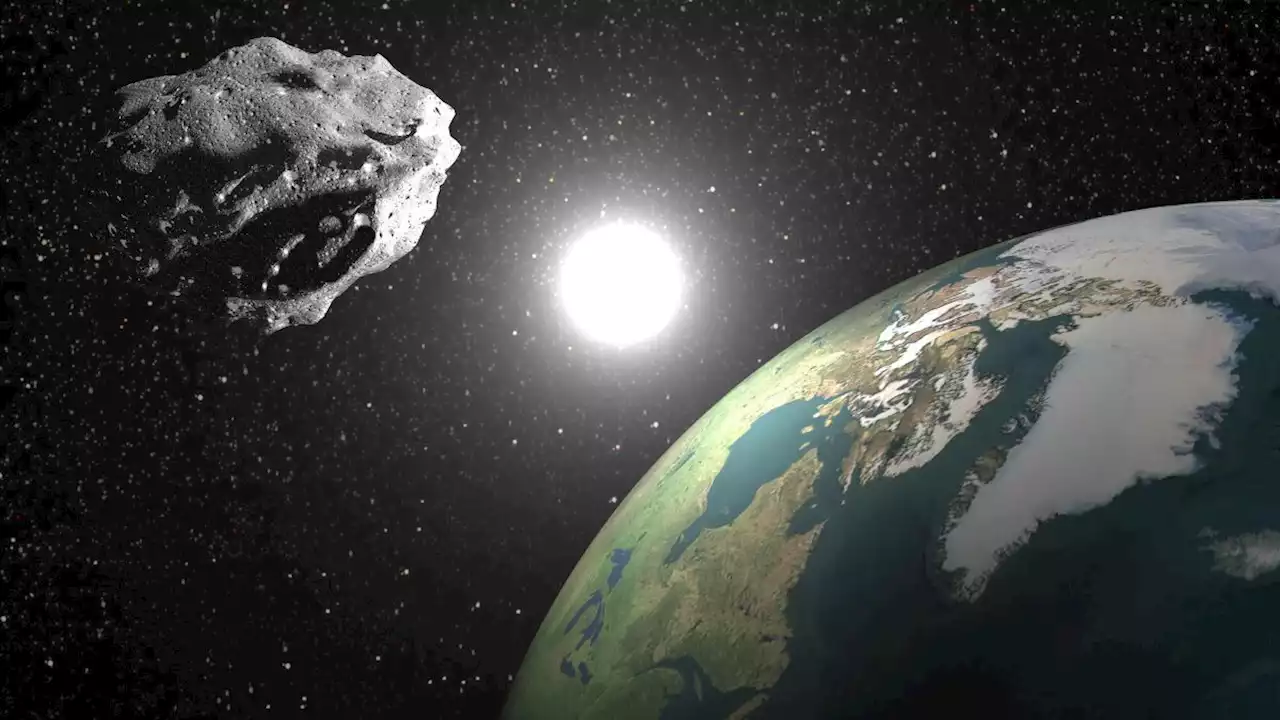Astronomers have created the first model for how debris around exploding stars could emit gravitational waves powerful enough to be detected by instruments on Earth.
around the black hole, called an accretion disk, could produce gravitational waves. However, as the simulation continued, the outgoing jet collided with the dying star's collapsing layers of material, heating the debris and ballooning it in an hour-glass shaped structure, also called a stellar cocoon. The results from this simulation showed for the first time that such cocoons of stellar debris emit gravitational waves in detectable frequencies, according to the new study.
"To be honest, I did not look for cocoons, but the cocoons were too strong to ignore so I had to go and study [them]," Gottlieb said at the news conference on Monday."So this was more or less by chance that I started to try to understand their gravitational wave emission."
Malaysia Latest News, Malaysia Headlines
Similar News:You can also read news stories similar to this one that we have collected from other news sources.
 Astronomers have discovered over 32,000 near-Earth AsteroidsNASA says that over 32,000 near-Earth asteroids have been discovered thus far, with more estimated to exist.
Astronomers have discovered over 32,000 near-Earth AsteroidsNASA says that over 32,000 near-Earth asteroids have been discovered thus far, with more estimated to exist.
Read more »
 Gravitational Waves Might Be Generated by the Debris Fields of Dying StarsCocoons of debris surrounding collapsing stars may generate gravitational waves detectable by LIGO.
Gravitational Waves Might Be Generated by the Debris Fields of Dying StarsCocoons of debris surrounding collapsing stars may generate gravitational waves detectable by LIGO.
Read more »
 Peering into Cosmic Shadows: BlackGEM Telescopes Join the Hunt for Gravitational WavesThe BlackGEM array, a system of three new telescopes located at the European Southern Observatory’s (ESO) La Silla Observatory, has begun operations to detect gravitational waves caused by cosmic events like black hole and neutron star mergers. Unlike detectors such as LIGO and the Virgo Interfer
Peering into Cosmic Shadows: BlackGEM Telescopes Join the Hunt for Gravitational WavesThe BlackGEM array, a system of three new telescopes located at the European Southern Observatory’s (ESO) La Silla Observatory, has begun operations to detect gravitational waves caused by cosmic events like black hole and neutron star mergers. Unlike detectors such as LIGO and the Virgo Interfer
Read more »
 LIGO project begins new gravitational wave huntThe latest campaign, known as O4, began on May 24.
LIGO project begins new gravitational wave huntThe latest campaign, known as O4, began on May 24.
Read more »
 Cosmic Smoke Signals: James Webb Telescope Discovers Organic Molecules in Distant GalaxyAstronomers have found complex organic molecules in a galaxy more than 12 billion light-years away from Earth. Using NASA’s James Webb Space Telescope, an international team of astronomers detected complex organic molecules, akin to Earth's smoke, soot, and smog, in a galaxy 12 billion light-year
Cosmic Smoke Signals: James Webb Telescope Discovers Organic Molecules in Distant GalaxyAstronomers have found complex organic molecules in a galaxy more than 12 billion light-years away from Earth. Using NASA’s James Webb Space Telescope, an international team of astronomers detected complex organic molecules, akin to Earth's smoke, soot, and smog, in a galaxy 12 billion light-year
Read more »
 New 'quasi-moon' discovered near Earth has been traveling alongside our planet since 100 BCAstronomers recently identified asteroid 2023 FW13 as a quasi-moon, a space rock orbiting the sun nearly in tandem with Earth.
New 'quasi-moon' discovered near Earth has been traveling alongside our planet since 100 BCAstronomers recently identified asteroid 2023 FW13 as a quasi-moon, a space rock orbiting the sun nearly in tandem with Earth.
Read more »
